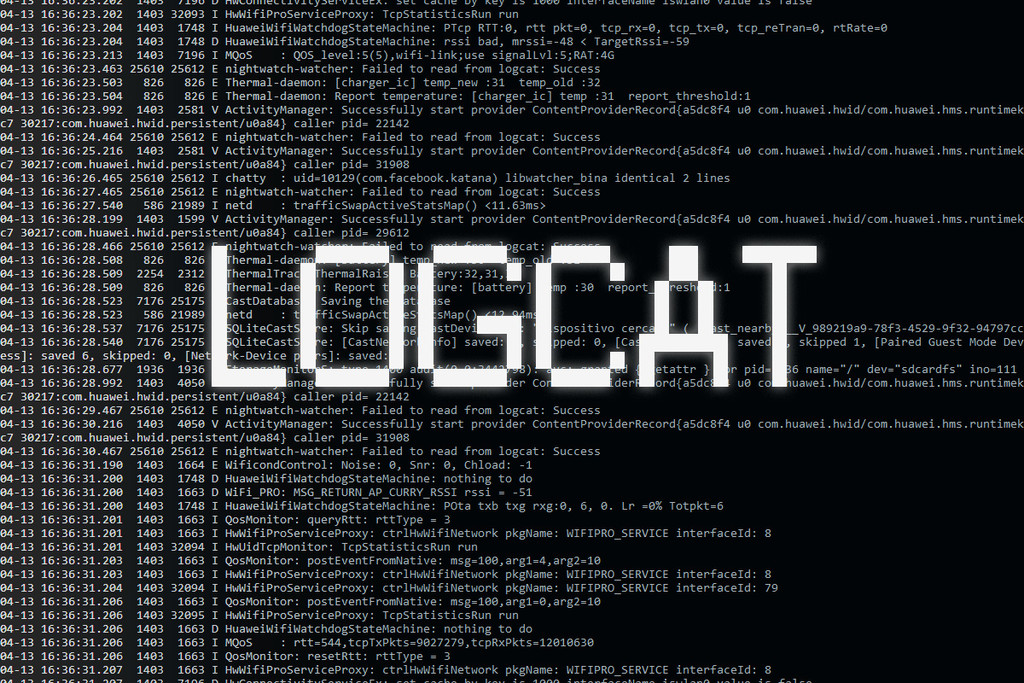



If you have time on Android, sure you’ve heard in some time Logcat or the log of Android. Although it is a resource focused on developers, it is also useful for advanced users trying to fix or diagnose problems with your phone or certain applications.
Here we will tell you what is this Logcat exactly, as well as three different methods to query this record of events, if you have root access on your Android mobile as if you don’t have it.
Logcat is the name of the tool to access the log messages to the Android system. Application developers can use this log to print useful messages to query the status and possible problems that can happen with the application. Logcat is a command of ADB.
In this record, the applications can include messages for your use, where you include the priority of the registration, a custom identifier, and the message in question. There are six types of messages, according to their level of importance, and that in Logcat usually appear abbreviated with a letter:
In summary, the Logcat of Android is something like the logbook of a mobile Android, where applications register in the background practically everything that happens in the mobilesince internal messages of little relevance to errors that do not reach to be notified to the user.
If you would like to see the Logcat of Android, there are several ways of get it. In none of the cases, you will need root, though of special permissions, ADB or the help of the standard IDE of Android, Android Studio.
Using apps is one of the ways more comfortable to check the Logcat of Android, especially since they generally the display more tidy. A good application for this is to Logcat Viewer, which you can use with root or by granting special permits with the help of ADB.
You must keep in mind that the apps to read the Logcat does not work in all phones, because in some cases the mobile will not be granted the permission to read the log even if you follow the instructions to the letter. Yes, site works, the application will shown very elegantly and with filters and search.
As we said before, Logcat is a command of ADB, and therefore the standard way of querying the registry is connecting to the phone via ADBusually with the help of a cable (although Android 11 adds the wireless connection).
Otherwise, the process is as easy as typing the command adb logcat. This will display in real time the logcat of Android in the command line of your PC. If you want to filter or do searches, you can check the syntax complete here. For example, to view only error messages, use the command adb logcat *:E.
Being a tool for developers, obviously Android Studio is ready to display the logcat of Android. From the tab Logcat you can view the log in real time, with the advantage of having available the same adjustments and filters to access via ADB, but accessible with menus and buttons.
From here you can view the log of an Android phone connected to the phone (with USB debugging enabled and permission granted for the connection-ABS) filters by priority, search filters and the possibility to restart it and stop it with a click.
–
The news
Logcat of Android: what is it and how to view this log of system messages
it was originally published in
Xataka Android
by
Ivan Ramirez
.
Exploring the Top 5 Voice AI Alternatives: What Sets Them Apart?
How iGaming Platforms Ensure Seamless Integration of Casino Games and Sports Betting?
The Rise of Spatial Computing: Evolution of Human-Computer Interaction
Data Loss on Windows? Here's How Windows Recovery Software Can Help
Integrating Widgets Seamlessly: Tips for Smooth Implementation and Functionality